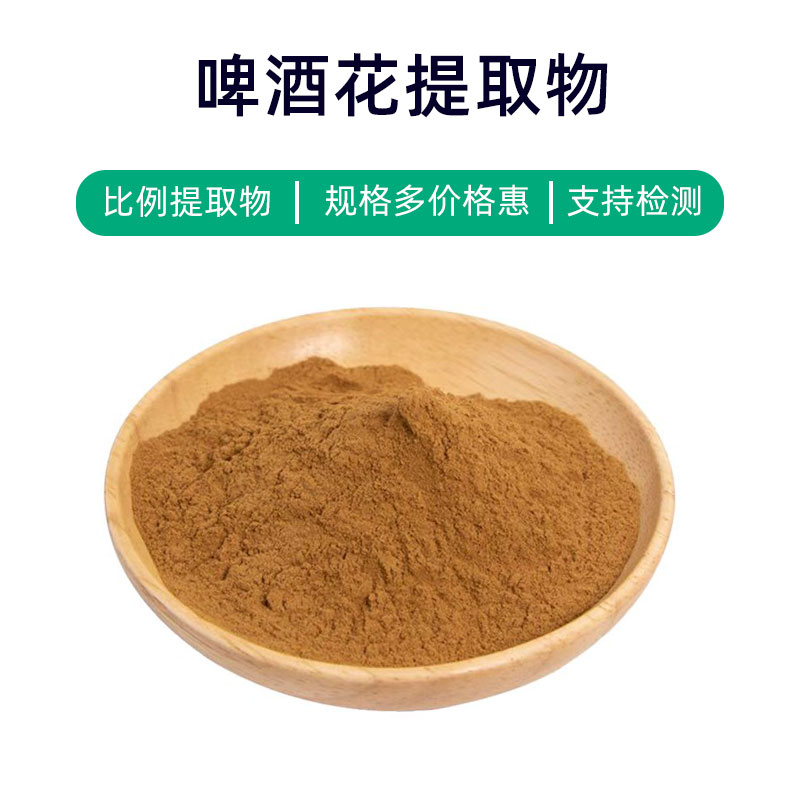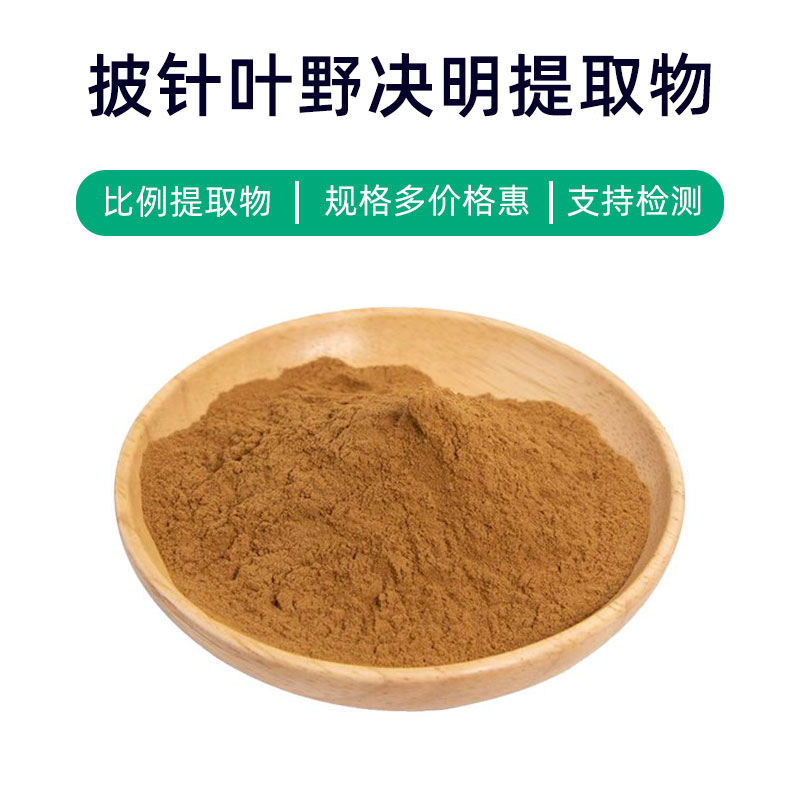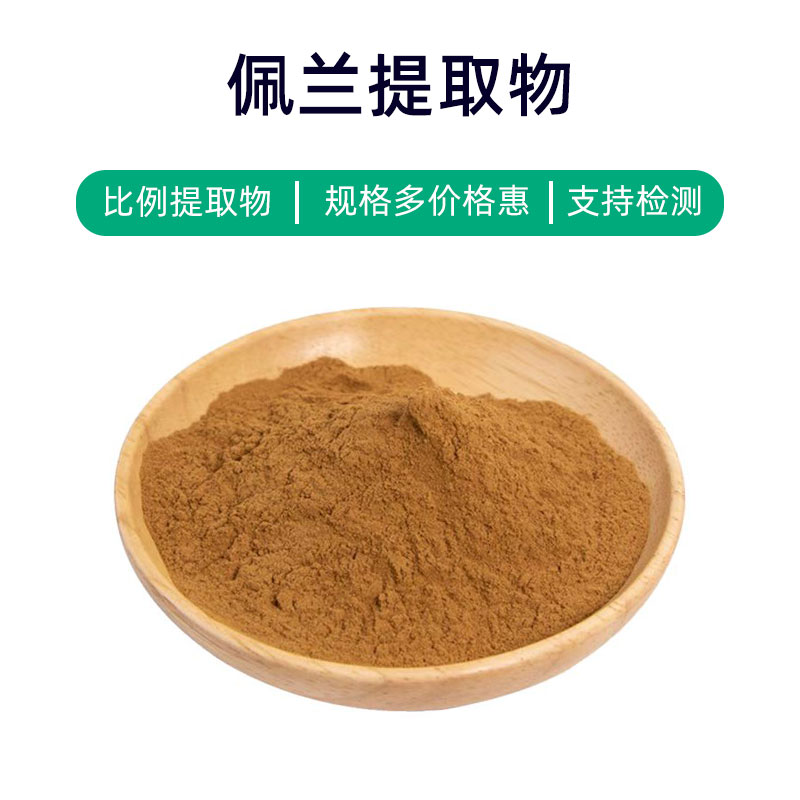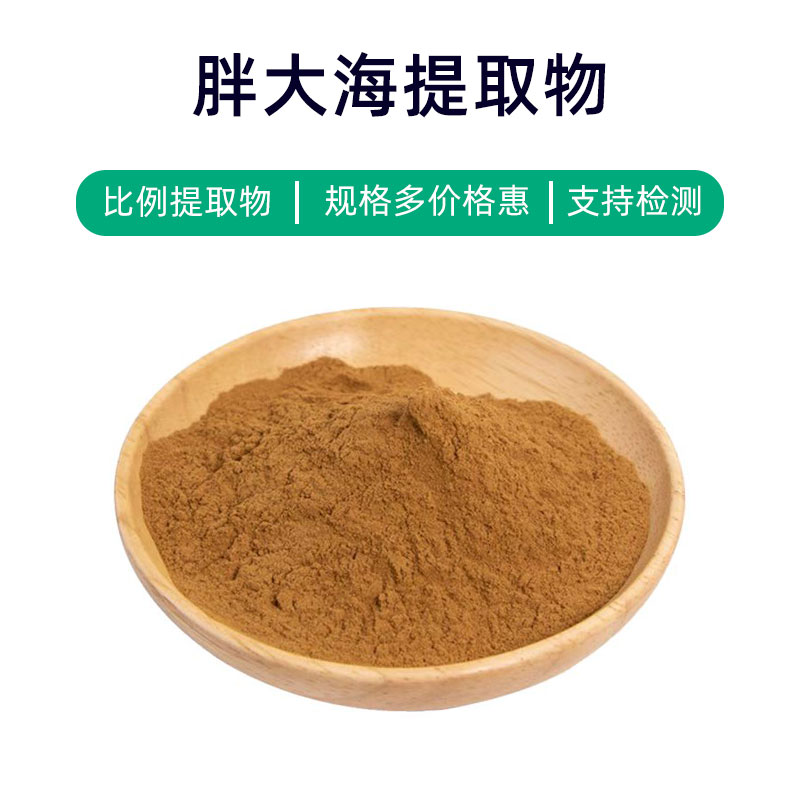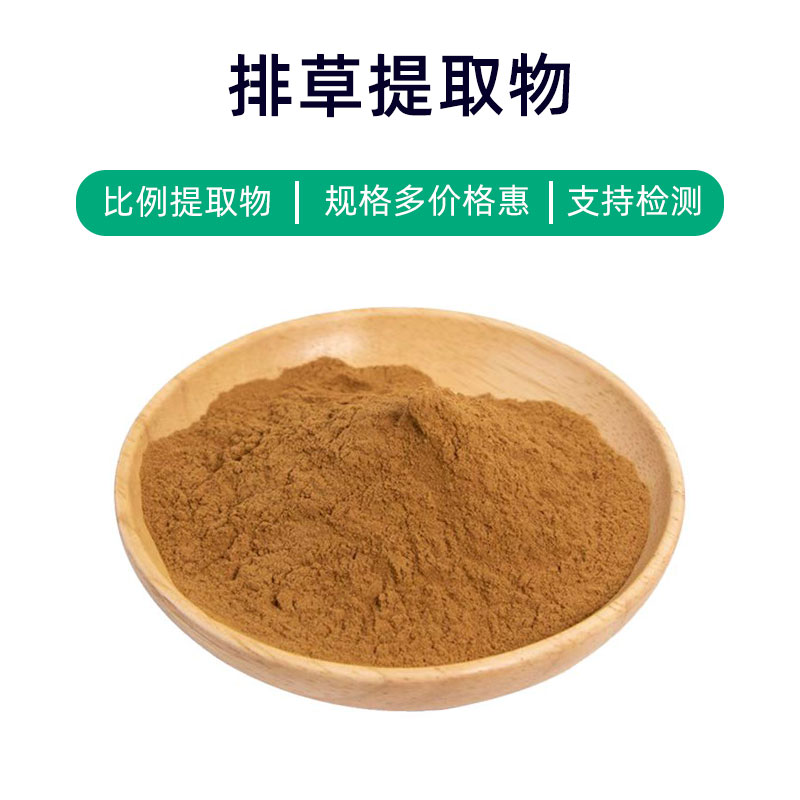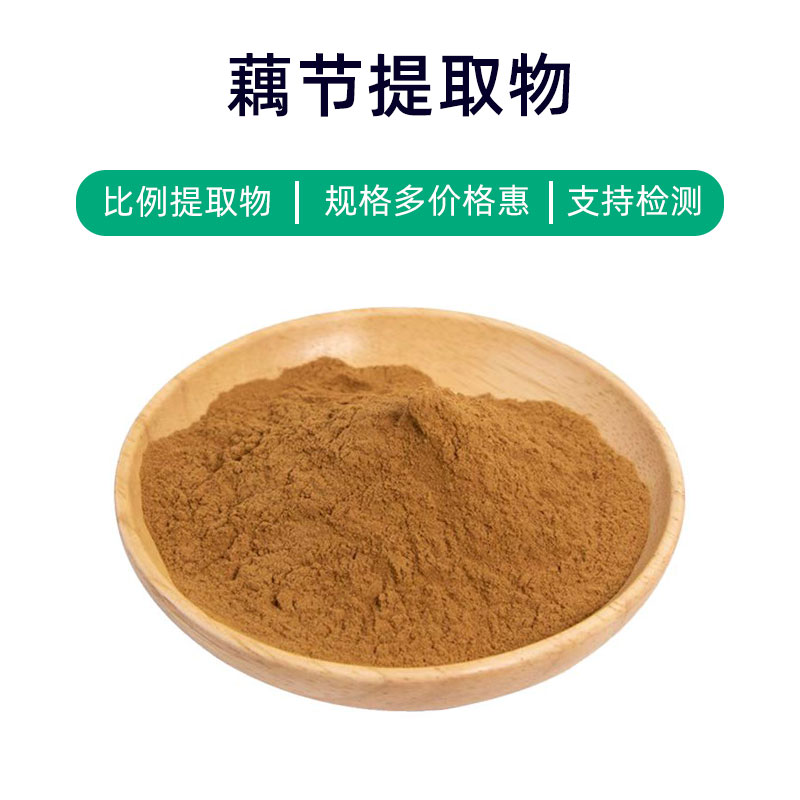Quinoa Extract Product Introduction
Quinoa extract is a natural plant extract derived from the seeds of quinoa (Chenopodium quinoa). It contains various components such as rich protein, dietary fiber, vitamins, minerals, and antioxidants, which provide multiple health benefits and applications.
First, quinoa extract is high in quality protein, making it a natural source of plant protein that helps supply essential amino acids needed by the body, promoting muscle growth and repair. It is well-suited as a dietary supplement for athletes, fitness enthusiasts, and vegetarians. The abundant dietary fiber also supports digestive health, prevents constipation, and helps control blood sugar and cholesterol levels, beneficial for cardiovascular health. Additionally, quinoa extract is rich in vitamins and minerals, such as B vitamins, vitamin E, iron, zinc, and magnesium, which help maintain normal physiological functions and enhance immunity while promoting skin health.
In terms of applications, quinoa extract is commonly found in supplements, cosmetics, and food additives. In dietary supplements, it can function as a protein supplement, dietary fiber supplement, or a multivitamin and mineral additive. In cosmetics, quinoa extract is often used in skincare and hair care products for its moisturizing, antioxidant, and skin-nourishing effects. As a food additive, it can serve as an ingredient in functional foods, increasing the nutritional value and functionality of products. In summary, quinoa extract, as a natural plant extract, offers various health benefits and is widely applicable.
Quinoa Extract Production Process
The production process of quinoa extract generally includes the following steps:
- Raw Material Preparation: First, select high-quality quinoa seeds as raw materials. After cleaning, sorting, and removing impurities, the seeds are ready for extraction.
- Crushing and Grinding: The cleaned quinoa seeds are sent to a mill for crushing and grinding to enhance extraction efficiency. The crushed seed particles release effective components more easily.
- Solvent Extraction: The ground quinoa seeds are subjected to solvent extraction (using solvents like ethanol or water) to dissolve the active components from the seeds into the solvent. This process typically involves repeated soaking, filtering, and concentrating steps to obtain a high-purity extract.
- Concentration of Extract: The liquid solution obtained from extraction is concentrated through evaporation or freeze concentration, removing the solvent and yielding a concentrated extract.
- Refinement: The concentrated extract undergoes purification to remove impurities, separations, and enhancements to improve product purity and quality.
- Drying: The refined extract is dried, usually via spray drying or vacuum drying, resulting in a powder form that is easy to store and transport.
- Packaging: The dried quinoa extract is packaged, typically in sealed containers or foil bags, to prevent oxidation and moisture from affecting the product.
- Quality Inspection: The packaged extract undergoes quality testing to check active ingredient levels, microorganisms, and heavy metal content, ensuring compliance with relevant quality standards and safety requirements.
Following these procedural steps, quinoa extract is obtained as a high-purity, high-activity product suitable for widespread applications in pharmaceuticals, dietary supplements, food, and cosmetics.
Quinoa Extract Benefits and Side Effects
Quinoa extract, derived from quinoa, offers various benefits and effects:
- Antioxidant Properties: Quinoa extract is rich in natural antioxidants, such as polyphenols and vitamin C, which neutralize free radicals, reduce oxidative stress in cells, and protect cellular health.
- Anti-Inflammatory Properties: Some active components in quinoa extract exhibit anti-inflammatory effects, inhibiting the release of inflammatory mediators, alleviating inflammation, and easing discomfort and pain.
- Blood Sugar Regulation: Studies suggest that certain components in quinoa extract can help regulate blood sugar levels by promoting insulin secretion and enhancing tissue glucose utilization.
- Lipid Reduction: Active components in quinoa extract can adjust lipid metabolism, lowering serum total cholesterol, triglycerides, and LDL levels, helping to prevent cardiovascular diseases.
- Antibacterial Effects: Quinoa extract contains substances with antibacterial properties, inhibiting the growth of bacteria and fungi, providing some antimicrobial effectiveness that aids in preventing and treating infectious diseases.
- Liver Protection: Quinoa extract demonstrates liver-protective effects, helping to lessen liver damage and promote liver cell repair and regeneration, providing supportive treatment for liver dysfunction and injury.
- Digestive Improvement: Rich in dietary fiber and plant protein, quinoa extract promotes intestinal motility, supports digestion, and helps prevent constipation and indigestion.
Generally, quinoa extract is considered a safe natural plant extract, although excessive use may lead to side effects such as digestive discomfort or allergic reactions. Therefore, it's recommended to follow medical advice or product guidelines regarding dosage to avoid adverse reactions.
Quinoa Extract Usage Scenarios and Dosage
Quinoa extract has broad applications in pharmaceuticals, food, and cosmetics. Here are usage scenarios and dosage recommendations for different fields:
- Pharmaceutical Field:
- Antioxidant Supplements: As a natural antioxidant, quinoa extract is commonly used in the production of antioxidant supplements. A typical recommended dosage is 100-200 mg per day.
- Blood Sugar Reducing Medications: Due to its blood sugar regulation properties, quinoa extract can be used as an adjunct for blood sugar medication. The dosage generally ranges from 100-300 mg per day.
- Liver Health Supplements: Quinoa extract has protective effects on the liver, suitable for patients with liver dysfunction or injury. It is generally recommended to take 100-200 mg per day.
- Food Field:
- Functional Food Additive: Quinoa extract is often used as a functional food additive in the production of functional beverages, nutritional supplements, etc. A normal incorporation amount is 5-10 g per 100 g of food.
- Flavoring Agent: Quinoa extract can also serve as a flavoring agent, enhancing the taste of food. The amount depends on the specific food, generally 1-5% of the total food weight.
- Cosmetic Field:
- Skincare Products: Quinoa extract, containing rich polyphenols and vitamins, possesses antioxidant, anti-inflammatory, and moisturizing properties, making it suitable for use in skincare products like creams and lotions. The typical dosage is about 0.5-2% of the total product weight.
- Shampoo and Hair Care Products: Quinoa extract can also be added to shampoos and hair care products to improve scalp conditions and hair quality, typically at a concentration of 1-5% of the total product weight.
When using quinoa extract, adhere to specific product instructions and medical advice for dosage control. For medicinal purposes, it's best to use under professional guidance; for food and cosmetic uses, follow product instructions to avoid overdosing. If any discomfort or allergic reactions occur, discontinue use immediately and consult a healthcare professional or pharmacist for advice.
Introduction to the Quinoa Plant Source, Distribution, and Growth Environment
Quinoa (scientific name: Chenopodium quinoa) is an ancient grain crop that has gained attention in recent years for its rich nutritional value and various bioactive components. Below is an overview of the quinoa plant source, its distribution, and growth environment:
Plant Introduction:
Quinoa, also known as quinoa or Inca rice, is a species of the Chenopodium genus in the amaranth family, native to the Andes mountain region of South America. It is an annual herbaceous plant, growing about 1 to 3 meters tall, with heart-shaped or triangular leaves, small clustered flowers forming spike-like inflorescences, and nutritious seeds.
Distribution:
Originally from the Andes mountains of South America, quinoa is primarily found in countries such as Peru, Bolivia, Ecuador, and Chile. Due to its global promotion and cultivation, it is now widely grown worldwide, including the United States, Canada, Europe, Asia, and Africa.
Growth Environment:
Quinoa thrives at altitudes of 3,000 to 4,000 meters, requiring specific conditions for temperature, sunlight, and soil. It has a strong adaptability to low temperatures, drought, and poor soils, allowing it to grow in cold mountainous and barren regions. Quinoa prefers high light exposure and requires loose, well-draining, and organic-rich soils.
Adaptability:
Quinoa is notably adaptable, thriving not only in cold mountainous areas but also in deserts, saline-alkaline soils, and hot environments. Its rapid growth and adaptability make it an important grain crop, increasingly recognized for its nutritional richness and resilience in the context of global food security and ecological conservation.
In summary, quinoa, originally a grain crop from South America, is cultivated and utilized widely across the globe. Its extract serves as a natural nutritional supplement with significant application potential in pharmaceuticals, food, and cosmetics.
Processing and Storage of Quinoa Extract
The processing of quinoa extract typically involves the following steps: First, the quinoa seeds are cleaned and de杂, followed by grinding or crushing to extract the effective components. Next, appropriate solvents (such as water or ethanol) are used for extraction, and through soaking, concentration, and filtration processes, the extract is ultimately obtained. During processing, it is essential to strictly control temperature, pH, and extraction time to ensure the quality and stability of the extract.
For storage, it’s generally recommended to follow these measures: First, store the extract in a cool, dry environment, away from direct sunlight and high temperatures. Second, use well-sealed containers to prevent air and moisture from compromising the extract quality. Additionally, regularly check the appearance and smell of the extract; if any abnormalities arise, address or replace it promptly. Lastly, avoid contact with harmful substances to maintain the purity and quality of the extract.
Monica Sun is a seasoned expert in the plant extraction industry with over a decade of experience in research and production. She specializes in the extraction and purification of plant active ingredients, focusing on driving innovation in natural product applications. Monica has participated in the development of multiple functional plant extracts, delivering high-value natural raw material solutions for the health food, pharmaceutical, and dietary supplement sectors.









